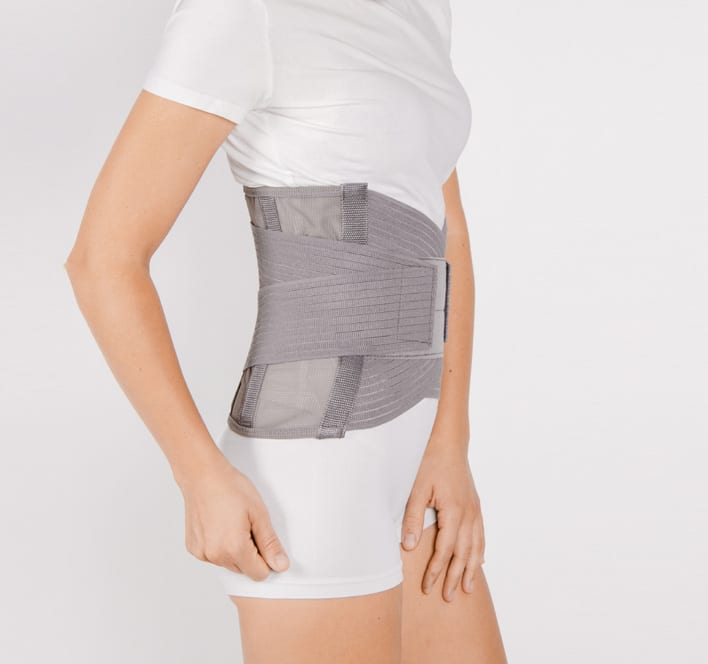Undergoing surgery can be a daunting process, and the recovery that follows is often just as concerning. For those who have received an interlaminar spacer, understanding what to expect during recovery can help ease anxiety and set realistic expectations. The recovery process is usually broken down into distinct phases, each with its own goals and challenges. Generally, you can expect a blend of rest, physical therapy, and a gradual return to activities over the course of several weeks to a few months.
At NJ Spine & Orthopedic, we understand how essential it is to provide both guidance and clarity during your recovery journey. Our comprehensive approach to spinal care ensures you have access to top-tier treatment options and personalized recovery plans. Our team is ready to assist every step of the way, offering both medical skills and concierge support to make your recovery as smooth as possible.
What to Expect in the First Few Days After Surgery
The initial days following an interlaminar spacer procedure focus on managing discomfort and beginning the healing process. Immediately after surgery, you may experience soreness at the incision site and some stiffness in the back. Pain management typically involves prescribed medication that is gradually reduced over time as your body adjusts. During this time, it’s crucial to limit strenuous activities and follow all post-operative instructions provided by your medical team.
While rest is critical, light movement is encouraged early on to prevent complications like blood clots. This usually involves simple activities like short walks around your home. You may also be advised to wear a back brace for additional support. Adhering to these early-stage guidelines sets the foundation for a smoother recovery as you prepare to transition into more active rehabilitation.
By the end of the first week, some patients may begin low-impact exercises with the guidance of a physical therapist. This stage is essential for promoting blood circulation and preventing muscle stiffness, but it is still far from the point of returning to daily routines. Listening to your body and sticking to prescribed limits during this phase is critical to avoiding setbacks.
Weeks 2 to 6: Gradual Increase in Activity Levels
The second phase of recovery focuses on regaining mobility and gently reintroducing physical activity. During weeks two to six, you’ll likely attend physical therapy sessions regularly. These sessions focus on core-strengthening exercises and movements to improve flexibility without putting undue stress on the spine. Your therapist will customize your program to ensure it aligns with your specific needs and recovery goals.
As you progress, you’ll notice an increase in your range of motion and a gradual reduction in stiffness. However, it’s important to maintain patience; overdoing it can lead to complications or prolonged recovery. Daily activities, such as walking, light household tasks, and even driving short distances, may be safely reintroduced during this period—always under the guidance of your healthcare provider.
Throughout this phase, consistent communication with your medical team is vital. They will monitor your progress, adjust your exercise plan, and advise you on when it’s safe to resume more demanding activities. While you may feel tempted to return to your normal routine, pacing yourself remains the key to a successful recovery.
Long-Term Recovery and Resuming Normal Activities
The final phase of recovery generally spans from the sixth week onward, depending on your progress and overall health. By this time, most patients experience a significant reduction in pain and can engage in moderate physical activities, including longer walks and low-impact exercises like swimming or cycling. However, it’s important to continue adhering to any remaining restrictions set by your surgeon.
Your physical therapy plan may now focus on rebuilding strength, especially in the muscles surrounding the spine, which are essential for maintaining proper alignment and preventing future issues. Exercises will become more dynamic, and some patients may even transition to more advanced routines if cleared by their provider. This stage is also where you’ll focus on posture correction and ergonomics to support your long-term spine health.
While many patients feel mostly recovered around the three-month mark, a full return to high-impact sports or heavy lifting may require additional time. Long-term recovery success relies heavily on sticking to the guidance of your medical and physical therapy teams. Rushing back to strenuous activities before your spine is fully healed can lead to setbacks or reinjury.
Why Choose NJ Spine & Orthopedic for Your Interlaminar Spacer Recovery?
Choosing NJ Spine & Orthopedic for your interlaminar spacer recovery means entrusting your care to a team that combines medical innovation with a personalized approach. Our board-certified spine specialists are dedicated to helping you achieve the best outcomes using minimally invasive techniques. By opting for our services, you gain access to advanced treatment options and a dedicated concierge team that handles everything from travel arrangements to coordinating post-surgical care.
We recognize each patient’s recovery journey is unique. That’s why our team tailors every aspect of your care plan, ensuring you receive the best support possible at every stage. Whether you’re recovering from spine surgery or exploring non-surgical options, we’re here to guide you. Contact us today at (866) 553-0612 or visit our contact form to get started on the road to recovery.

